|
|
 |
|
|
Battle of Vitebsk
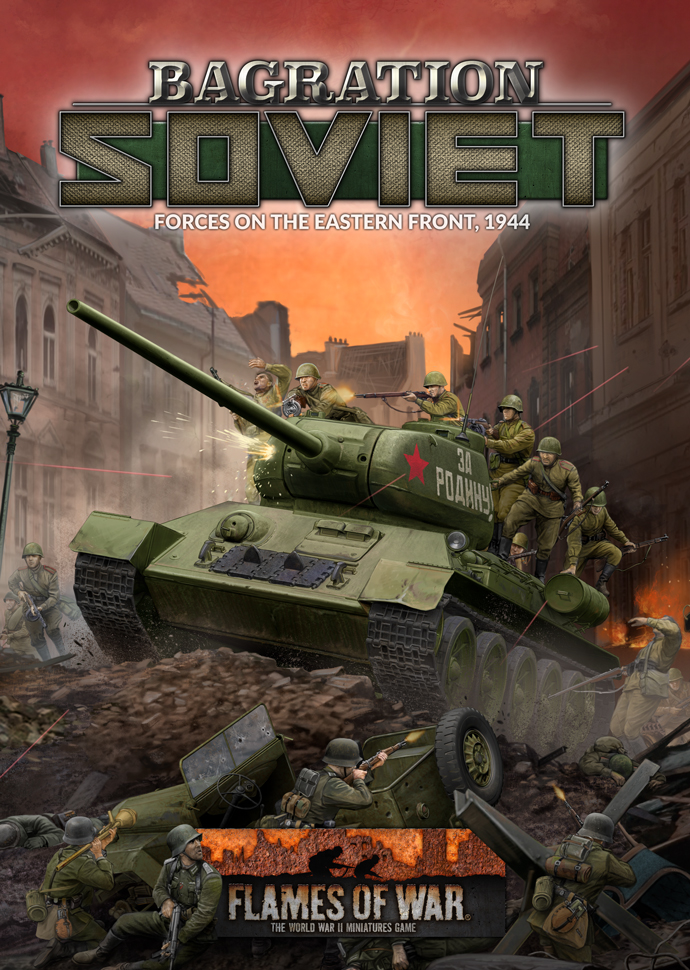 |
The Battle for Vitebsk:
22-27 June 1944
By Stuart Carlaw
In June 1944 the city of Vitebsk stuck out like a sore thumb—a salient in the German line. It was strategic city found at the junction of the Dvina River and the Vitebsk—Minsk highway. It dominated the northern shoulder of the land bridge between the Dvina and Dnieper Rivers, the capture of which would provide a swift route to the heart of Byelorussia: Minsk.
The Forces
The Soviets arrayed a massive force in front of Vitebsk. To the north of the city they positioned the 1st Baltic Front. At the very northern end of the line, the Soviet army produced a logistical miracle by force-marching the Soviet 43rd Army to the south. The 6th Guards Army quickly filled the remaining 30km gap in the line. Although this may sound an easy accomplishment, the sheer effort of transferring 12 divisions and a tank corps totalling over 100,000 men in three marches at night whilst being undetected is astounding. Even more miraculous was that the 6th Guards Army’s move in the line was completely missed by German intelligence—something that proved to be a decisive factor in the battle’s outcome.
|
|
On the Southern side of Vitebsk, the Soviets placed the 39th and 5th Armies. All in all, the Red Army committed 4 full armies to the capture of Vitebsk.
To counter this vast juggernaut, the OKH (or the German Headquarters) pushed forward the 53rd Corps and parts of 9th Corps of the 3rd Panzer Army. Although a Panzer corps in name, the 53rd Corps was thin on the ground in terms of tracked support. Facing the powerful 6th Guards Army in the north was part of the 9th Corps with the 252nd Infantry Division and Corps Detachment D, which was formed from the remnants of the 56th and 262nd Infantry Divisions. The 245th Assault Gun Brigade was also positioned to support the line.
|
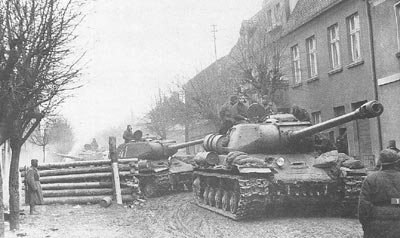 |
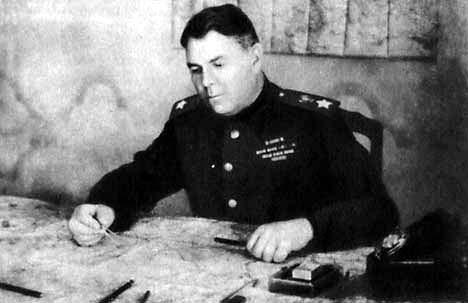 |
The 53rd Corps took up position to the south. The corps consisted of the 4th and 6th Luftwaffe Field Divisions and also the 206th and 246th Infantry Divisions. Unlike other field divisions of the Luftwaffe, these divisions had seen prolonged action in defensive battles in Russia since 1942. German forces also included the 201st Security Division comprised of a number of infantry battalions, an artillery battalion and also a Hiwi Cossack battalion, which was stationed in Lepel.
Vitebsk, along with Orsha, Mogilev and Bobruisk, was declared a Festerplatz, or fortress town. This gave the outnumbered German defenders the benefit of strong defensive positions.
|
| Vitebsk also had some significant natural barriers in terms of marshy ground to the north as well as the formidable Druya and Dvina Rivers. Taking Vitebsk would not be an easy task.
The Plan
The Soviets plan would have made any German staff officer proud as it was a faithful representation of Blitzkrieg at its most brutal. The Soviets had learnt their lessons from prolonged frontal assaults on Vitebsk that had been costly and unproductive. The new plan of attack entailed a two-pronged encirclement of the city. On June 22, the 43rd and 6th Guards Armies were tasked with sweeping around the city from the north whilst the 5th and 39th Armies were to do the same from the south.
The Soviet 1st Tank Corps was attached to the 6th Guards Army and was tasked with exploiting deep into the German lines once the Guards had smashed through the initial German defences.
|
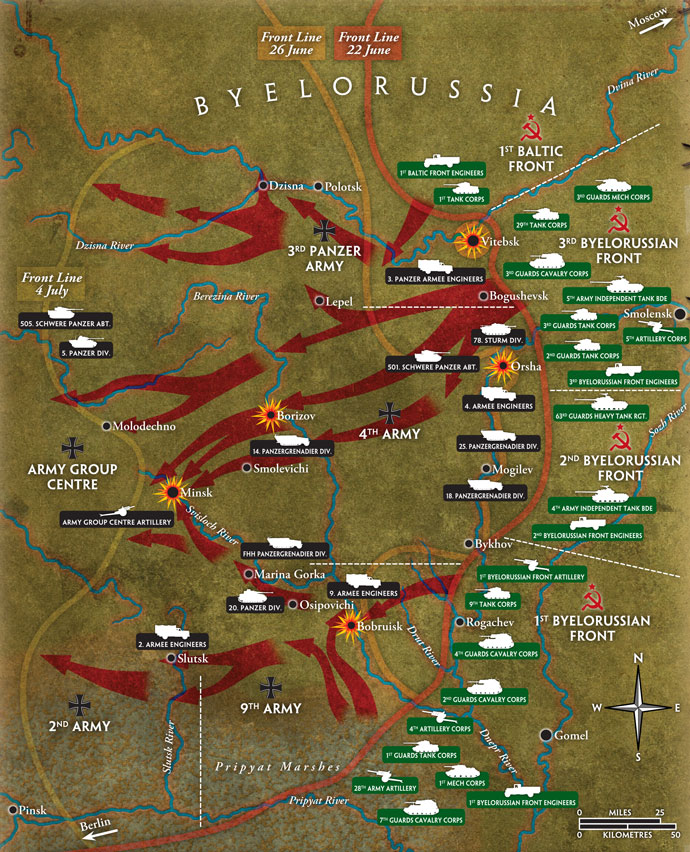 |
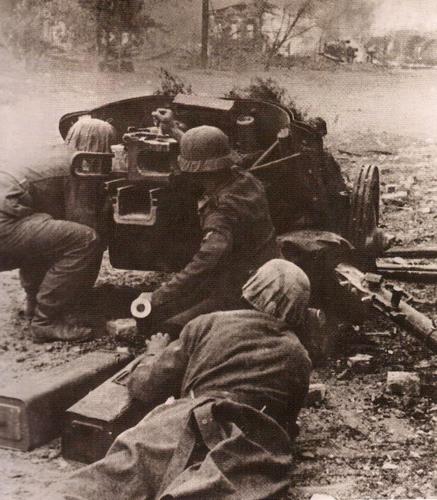 |
The Battle Begins
The assault began as planned on the 22 June. At 4:00am the 6th Guards and 43rd Armies charged forward after a devastating artillery and air barrage. The scale of the initial assault was frightening. Everyone of the seven soviet rifle divisions involved committed two out of its three rifle battalions to the assault alongside a total of 400 armoured vehicles from four tank brigades, three tank regiments and four assault gun regiments. All of this firepower was unleashed on the small 20km area of the line occupied by the German 252nd Infantry Division and Corps Detachment D. By 10:00am the line was shattered and the Red assault elements were pouring through the gap.
By evening, elements of the Soviet 43rd Army, heavily reinforced by combat engineer groups, pushed across the Obel River and had advanced towards Sirotino on the Vitebsk-Polotosk railroad. By the end of the day the Soviet attack had forced a 7km deep gash in the German lines.
In response, the German high command decided to move the 95th Infantry Division from south of Vitebsk to the north to fill the growing gap between 53rd Corps in Vitebsk and the 252nd Infantry Division and Corps Detachment.
|
|
They also committed the 909th Assault Gun Brigade to counterattack in the northern area of the Soviet assault.
Eerily, things around Vitebsk were relatively quiet. The defenders were fixed in place through limited attacks and artillery barrages. Even so, Field Marshall Busch, commander of the 53rd Corps asked for permission to withdraw from the increasingly precarious bulge but was refused by Hitler.
23 June – Momentum Continues
Although the first day proved very costly for the Germans defenders, the second would be worst by far. The attack to the north continued at 7:00am with elements of the 43rd and 6th Guards Armies, supported with aircraft, pounded German Corps Detachment D which occupied a strong defensive positions. The Soviet 1st Corps and the 71st Guards Division smashed through Corps Detachment D and crashed through the second echelon of German defences. They managed to get a foothold on the opposite side of the Dvina River before evening set in. Hoping to hold the Russian assault, the Germans quickly sent the 246th Infantry division to form a defensive line on the bank of the Dvina River. Unfortunately there was still a 3km gap between them and the remnants of Corps Detachment D being held open by the Soviet 43rd Army.
|
|
To the north the 43rd Army bulldozed its way across the Dvina. The 6th Guards Army continued to separate the German 252nd Division from contact with 53rd Corps. The Soviet’s frenzied attacks proved disastrous for the 252nd as their right flank was wide open due to the demolition of Corps Detachment D. The Soviet onslaught managed to advance a further 18km, despite a German counterattack in the northern sector by the 24th Infantry division and the 909th Assault Gun Brigade.
With the German lines pushed wide apart, the time was ready for the Soviet sucker punch. The Baltic Front commander, General Bagramyan, decided to commit the 1st Tank Corps into the gap.
|
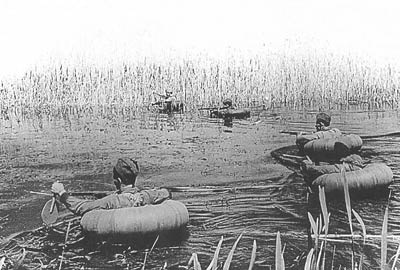 |
|
Unfortunately the attack was delayed due to heavy rain that made the roads mostly impassable. It was decided that instead the infantry should continue their attack with the aim of clearing the increasingly desperate and stern German defenders. German command recognized the increasingly desperate situation and ordered the withdrawal of all defenders to the third defensive line near Beshenkovichi.
Soviet forces south of Vitebsk finally got under weigh on 23 June as well. The 84th Corps of 39th Army applied pressure to the German perimeter around Vitebsk whilst the 5th Guards Corps smashed through the lines in the south and cut the Vitebsk-Orsha road. By evening, the situation around Vitebsk was perilous and the 53rd Corps in Vitebsk faced encirclement. General Reinhart, commander of 3rd Panzer Army, recognized the situation and asked OKH to evacuate Vitebsk but was again refused.
|
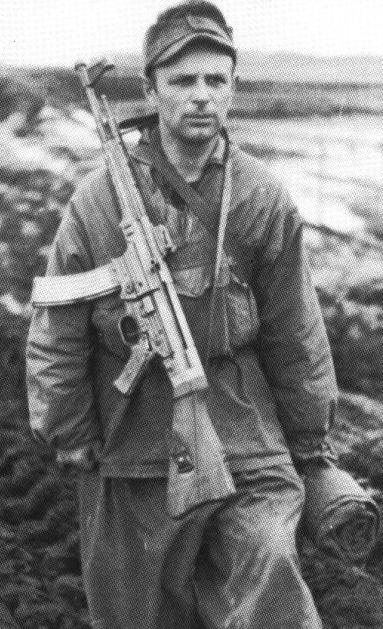 |
24 June – Collapse
The beginning of 24 June brought even more misery to the German defenders. At 2:45am under extreme pressure from Soviet forces, the Corps Detachment D completely collapsed and their remnants as well as the 252nd infantry Division withdrew further creating an 18km gap. Later in the day at 8:00am the 1st Tank Corps rushed into the gap. Although hampered by sodden roads and demolished bridges, ended the day holding a 50km bridgehead.
The Soviets then focused on the final envelopment of Vitebsk. The encirclement was entrusted to the 43rd and 39th Army. The 39th Army was tasked with continuing its advance from the south and likewise the 43rd from the north where they were to meet at the Dvina River. In order to prevent the pincers closing around, the Germans mounted a counterattack by the 246th Infantry Division. But the attack was repulsed and broken up thanks to the timely intervention of flights of Shturmovik ground attack planes. As the noose tightened, only a 10km gap remained as the lifeline supporting the embattled defenders around Vitebsk.
At the German 53rd Corps HQ the situation was truly desperate. Although repeated attempts were made to gain approval for a withdrawal, all were refused. As a compromise, Hitler approved the use of three of the defending divisions to hold the vital gap open whilst one Division continued to hold Vitebsk. The 4th Luftwaffe and 6th Luftwaffe Field Divisions were dispatched to hold the gap open whilst 206th Infantry Division was tasked with holding Vitebsk.
|
|
Though good in theory, the compromise solution proved to be a fatal decision. The reduction of the perimeter around Vitebsk allowed the Soviets to concentrate elsewhere on the line, cutting of the town and 35,000 men of the 53rd Corps in Vitebsk, cut off and isolated from any support.
|
|
June 25 –Breakout Attempt
West of Vitebsk, the German command tried to stabilize the front by throwing a number of units into the line to plug the gap left by the scattered Corps Detachment D and the 252nd Infantry Division. However, this proved pointless and the Soviet attack had sufficient momentum to smash through the new line of German defences known as the Tiger line.
Early on 25 June General Gollwitzer ordered a breakout of Vitebsk with the 4th and 6th Luftwaffe Field Divisions and the 246th Infantry Division, leaving the 206th Division as a rearguard to hold Vitebsk. However, things did not go well. The 4th Luftwaffe Field Division was quickly overrun and in the end the whole breakout was isolated and broken up into small pockets of resistance.
|
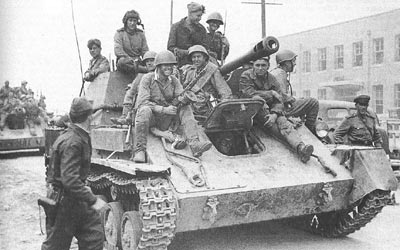 |
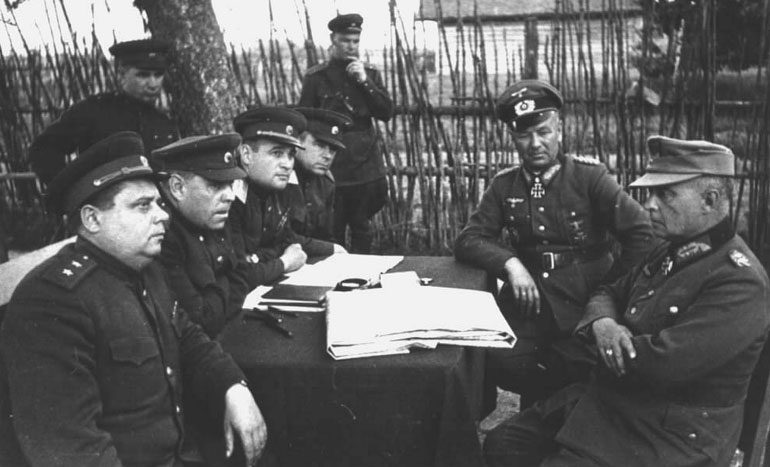 |
June 27 – The Capitulation
Isolated groups of German survivors tried vainly to break out of encirclement from Vitebsk, At 9:00am on the 27 June the final Soviet assault was made on Vitebsk by the 60th and 84th Corps and was preceded by a massive preparatory bombardment. By 12:00pm the German defence had been completely broken and effective resistance in the city ceased. Of the 38,000 troops of 53rd Corps that were encapsulated at Vitebsk, only 8,000 survived to break out. Of the remainders it is estimated that 20,000 Germans had been killed and another 10,000 captured.
|
|
Conclusions
he German defence was hampered by a lack of properly trained personnel. Though veteran fighters, the Luftwaffe Field Divisions that had no experience of offensive or breakout warfare and thus were unable to effectively combat the enemy. General lack of intelligence data also contributed toward defeat. Furthermore, Hitler prevented the withdrawals early in the battle that would have prevented encirclement and his later decision to split the forces in Vitebsk diluted the weight of the German defence allowing them to be attacked and reduced piecemeal.
|
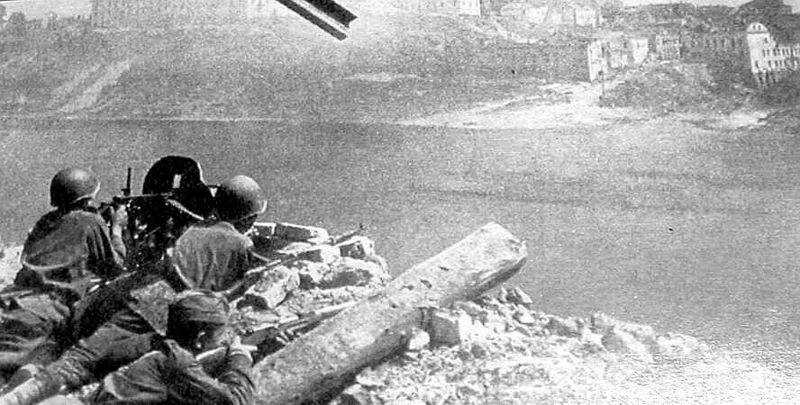 |
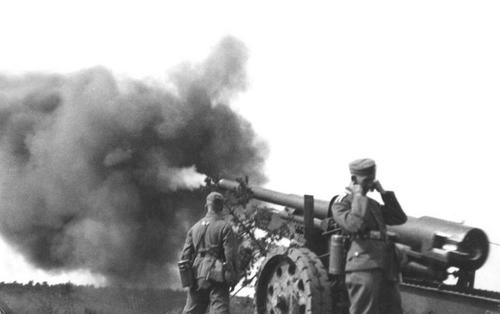 |
The Red Army successfully applied the hard lessons they had learned from German Blitzkreig earlier in the war. Strong assaults fell on weak unexpected spots in the line while not concentrating on isolated areas of resistance in their rear. Solid infantry units occupied the ground won by the strong armoured thrusts deep. The Battle of Vitebsk is a profound example of the practical implementation of all of the bitter lessons the Soviet Army had learnt, leading them to a decisive victory in Byelorussia. |
Last Updated On Friday, March 12, 2021 by Wayne at Battlefront
|
|
|